- Nature / Scenery
- Gourmet
- Traditions / Performing Arts
- Experiences
No.f_0032
Exploring Japan’s Tableware Traditions Through Gastronomy Tourism
When you travel, every dish you encounter reflects the land and culture from which it comes. In recent years, gastronomy tourism—a journey that explores not only cuisine itself but also the stories behind it—has been attracting attention worldwide. This time, the journey takes us to Kyoto, home to the refined art of lacquerware, and to Tamba-Sasayama in Hyogo Prefecture, renowned for its Tamba pottery. Guided by the Japanese sensibility of hare (the extraordinary) and ke (the everyday), we explore the rich world where food and tableware intertwine.
Breakfast in Kyoto Served with the Spirit of Omotenashi
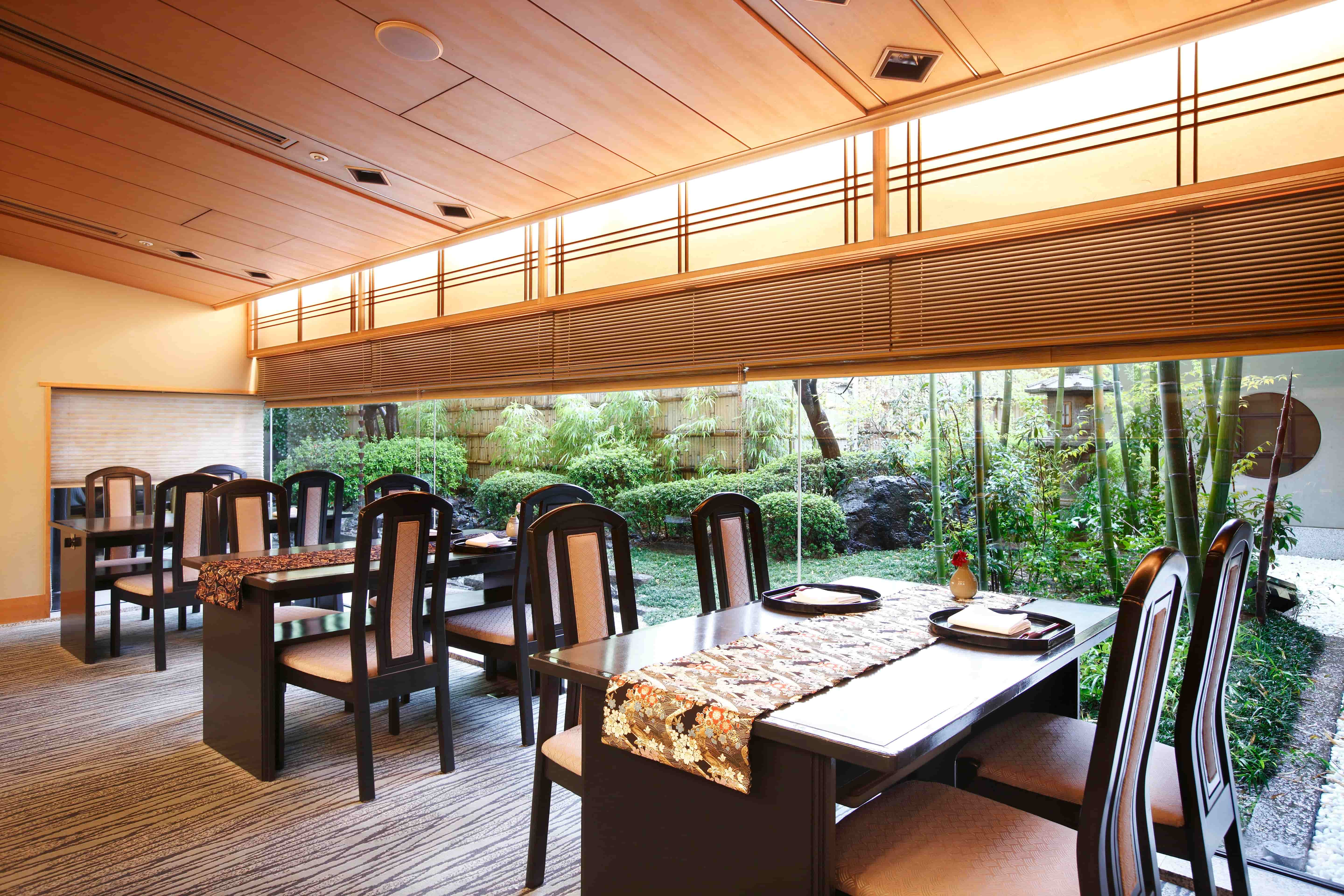 Kyo Kaiseki Hotaru, where guests can relax while gazing out at a tranquil Japanese garden framed by large windows.
Kyo Kaiseki Hotaru, where guests can relax while gazing out at a tranquil Japanese garden framed by large windows.
An early start in Kyoto always brings rewards. In the morning stillness, you can sense the quiet pulse of local life—and few experiences mark the beginning of a journey more gently than enjoying a traditional Kyoto breakfast that seems to seep into the soul. One of the best places to experience this is Kyoto Brighton Hotel.
At its kaiseki restaurant Hotaru, guests can savor authentic Kyoto-style cuisine while overlooking a beautifully kept Japanese garden. Among its offerings, the restaurant’s signature breakfast porridge—loved by travelers and locals alike since the hotel’s founding—epitomizes the essence of Kyoto’s morning table. For those wishing to delve deeper into Kyoto’s gastronomic heritage, the restaurant also serves a special breakfast presented on lacquerware by the long-established maker Zohiko.
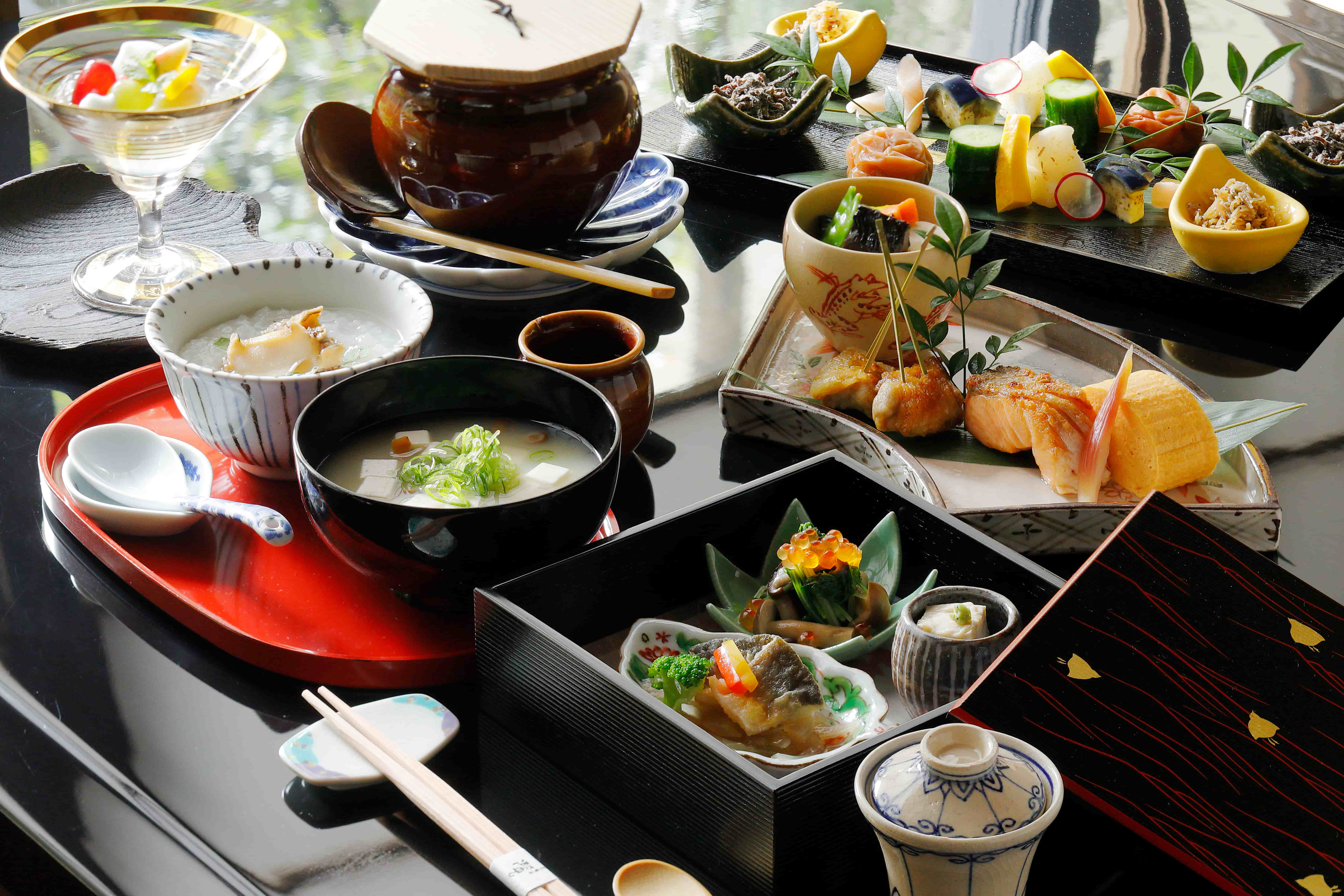 ”Hotaru Special Breakfast” – limited to 10 servings per day (6,000 yen). Image for illustrative purposes only. Actual breakfast may vary.
”Hotaru Special Breakfast” – limited to 10 servings per day (6,000 yen). Image for illustrative purposes only. Actual breakfast may vary.
This exclusive breakfast, limited to only 10 servings each day, features a sumptuous lineup: Kyoto free-range “Dontama” rolled omelet, yuba tofu made from Kyoto Miyama soybeans, and white miso soup prepared with Kyoto saikyo miso. Each dish—be it simmered vegetables, miso soup, or the omelet—uses a different type of dashi stock, showcasing the subtle craftsmanship that defines Kyoto cuisine. The seasonal appetizers, arranged on lacquer plates by Zohiko, and the small dishes set in a charming chidori-patterned tiered box are as delightful to the eyes as they are to the palate. The highlight is the restaurant’s celebrated abalone rice porridge: when topped with a savory porridge sauce made from soy sauce, mirin, and bonito broth, the dish achieves an exquisite harmony of color, flavor, and saltiness that leaves a lasting impression.
Tasting the dishes while appreciating the lacquerware that embodies Kyoto’s aesthetic values transforms breakfast into a moment of hare—a break from the everyday. It’s the perfect way to begin a day that will stay with you long after your journey ends.
Note: Information on Kyoto Brighton Hotel as of October 2025.
The Art and Stories of Kyoto Lacquerware
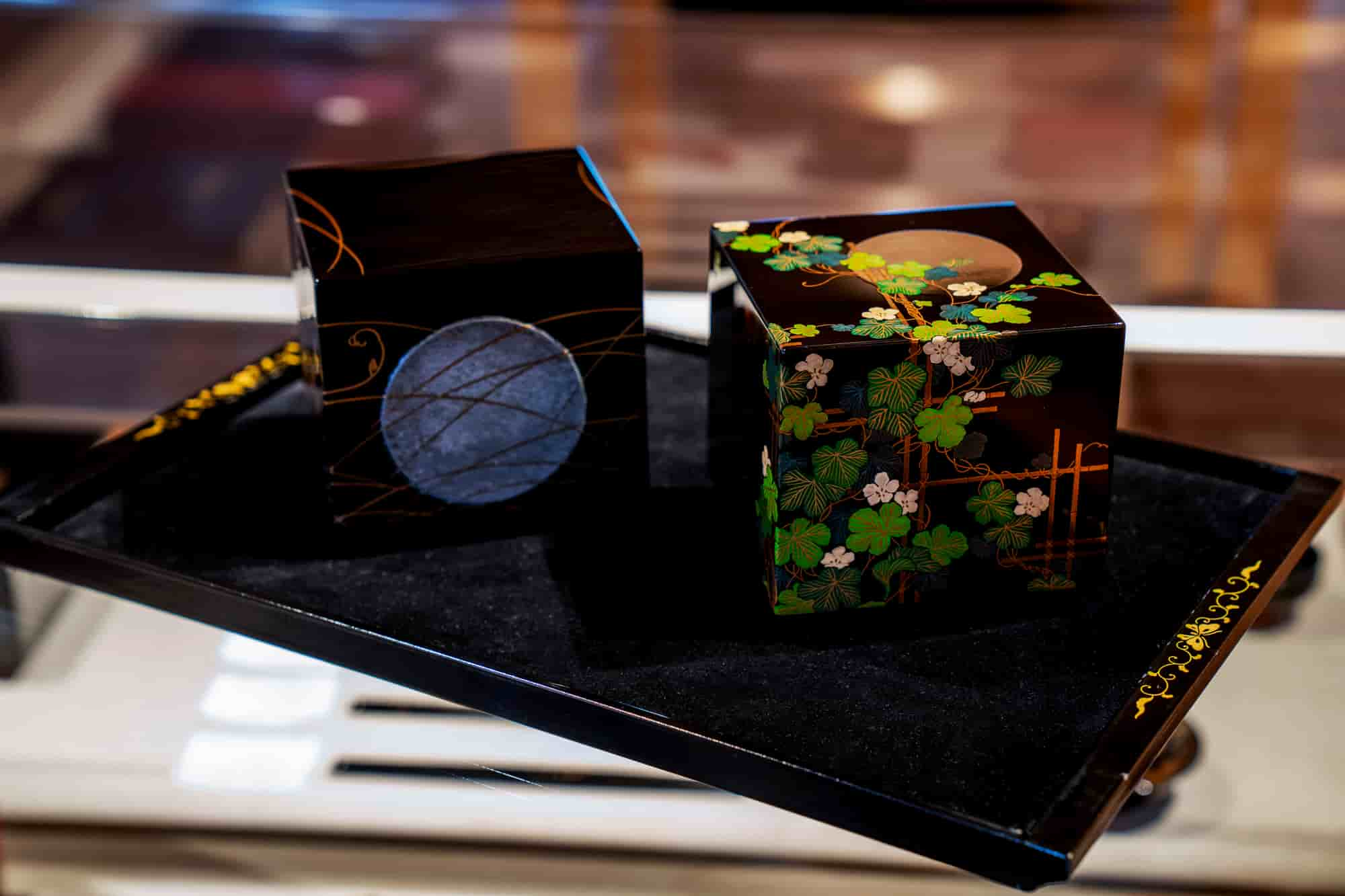 From right: “Evening Glory” maki-e two-tiered jewelry box with lid, 550,000 yen; “Autumn Grass and Moon” maki-e two-tiered jewelry box with lid, 385,000 yen.
From right: “Evening Glory” maki-e two-tiered jewelry box with lid, 550,000 yen; “Autumn Grass and Moon” maki-e two-tiered jewelry box with lid, 385,000 yen.
Founded in 1661, Zohiko has carried forward the tradition of Kyoto lacquerware, celebrated for its elegant coatings and exquisite maki-e lacquerwork decoration. Maki-e is a decorative technique in which designs are painted in lacquer, then dusted with gold or silver powder to create intricate, luminous patterns. Since the days of Heian-kyo (the ancient capital of Kyoto), artisans have perfected maki-e to produce exceptional pieces for the imperial court and major temples. From the late Edo period onward, Zohiko became known for creating one-of-a-kind works using original designs. Masterpieces such as opulent jewelry boxes, which showcase the highest level of maki-e artistry, are treasured as objects for hare no hi—special, celebratory occasions.
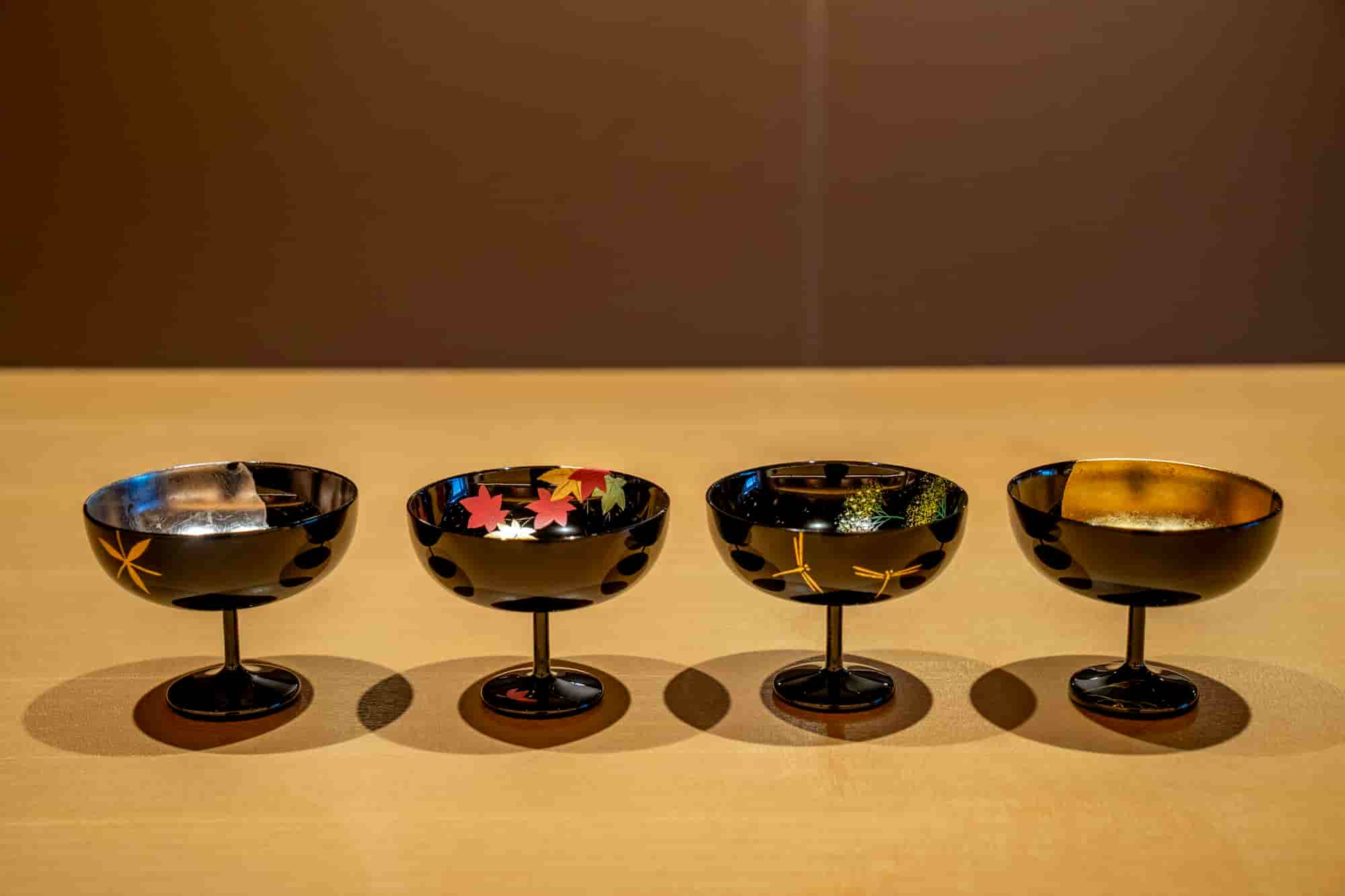 “Twelve Months Cold Sake Cups” – 27,500 yen each, depicting Japan’s changing seasons.
“Twelve Months Cold Sake Cups” – 27,500 yen each, depicting Japan’s changing seasons.
The beauty of Zohiko lacquerware lies in how it embodies both cultural tradition and seasonal aesthetics. For example, the Twelve Months Cold Sake Cups series portrays the changing face of Japan’s twelve months through delicate foil and colored lacquer. Their bold yet refined designs are a testament to Zohiko’s mastery of Kyoto elegance—and each graceful form is carved from a single block of wood.
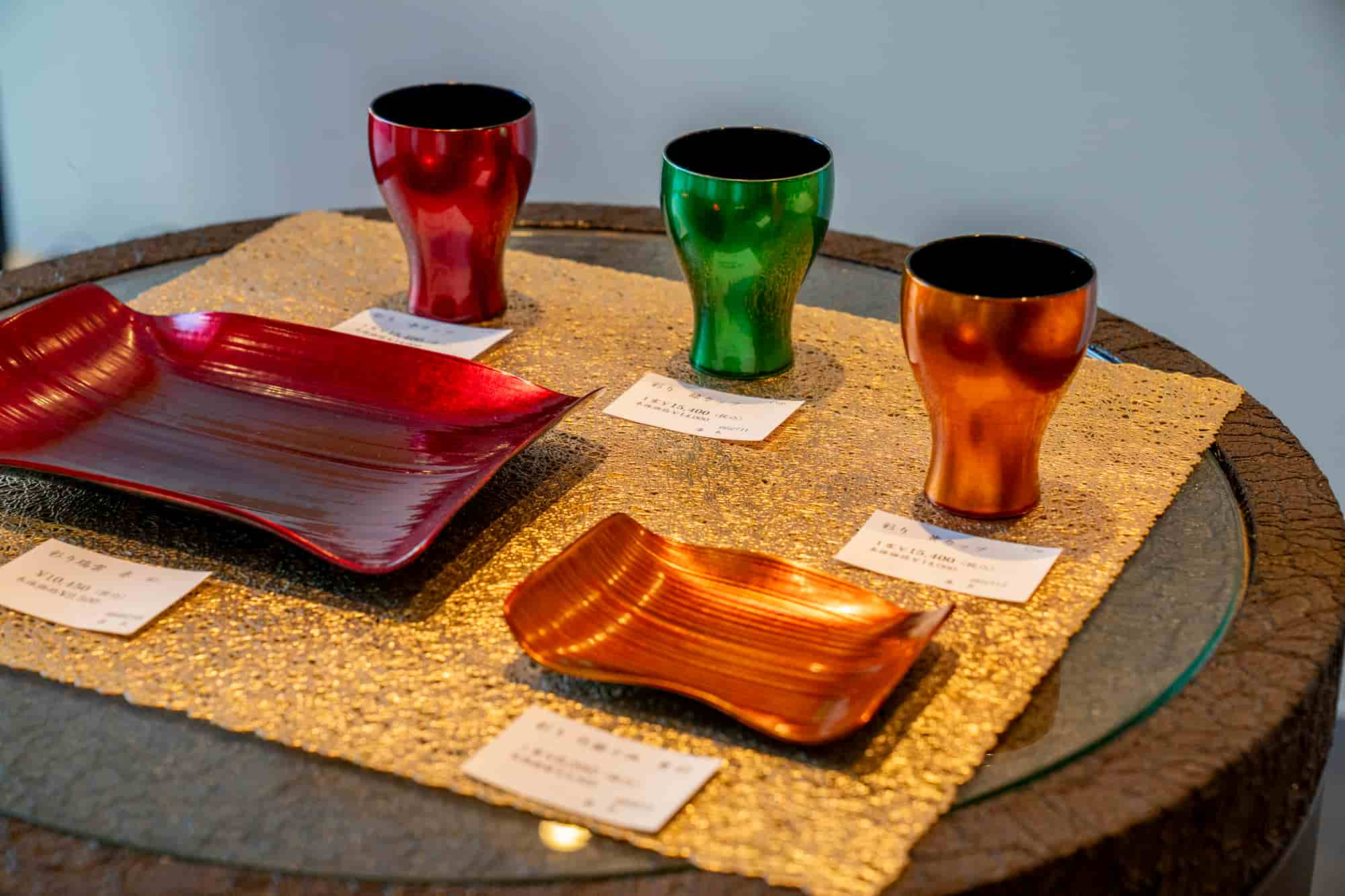 “Irodori Cups” – 15,400 yen each; available in red, green, and yellow (9 cm tall).
“Irodori Cups” – 15,400 yen each; available in red, green, and yellow (9 cm tall).
Drawing international attention is the Irodori series, which reimagines lacquerware for the modern day. These vividly colored pieces, with metallic-like finishes, retain the lightweight feel of wood while offering durability as “unbreakable cups” suitable for everyday use.
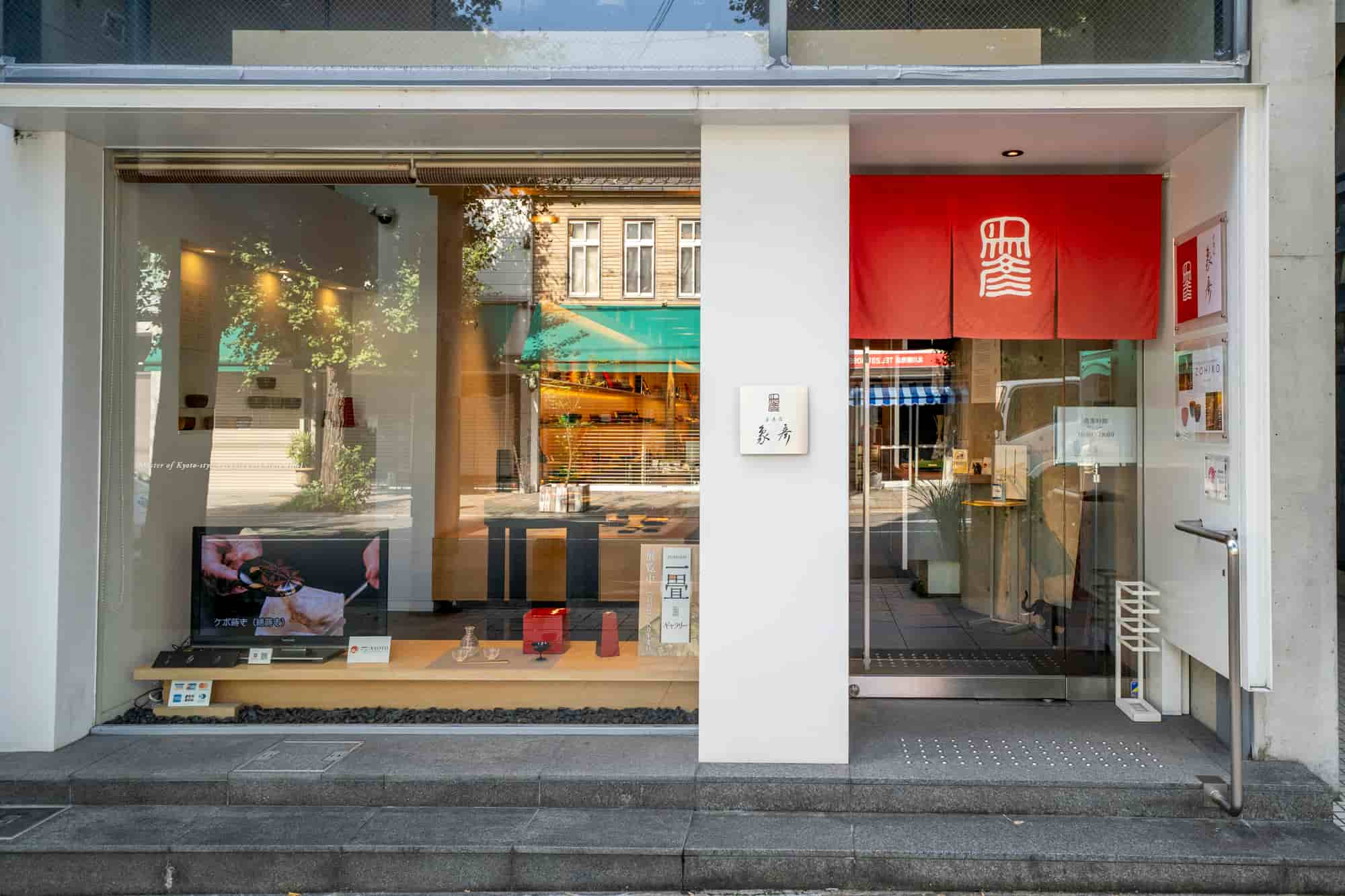 The modern flagship store on Teramachi Street.
The modern flagship store on Teramachi Street.
The flagship store stands on Teramachi Street, where Zohiko was founded. Its sleek, glass-fronted exterior opens into a bright, spacious interior displaying everything from museum-worthy works of art to elegant pieces for daily dining. Here, visitors can explore the timeless depth of lacquerware and discover how its beauty continues to evolve across generations.
An Auberge in Tamba-Sasayama to Savor the Blessings of the Land
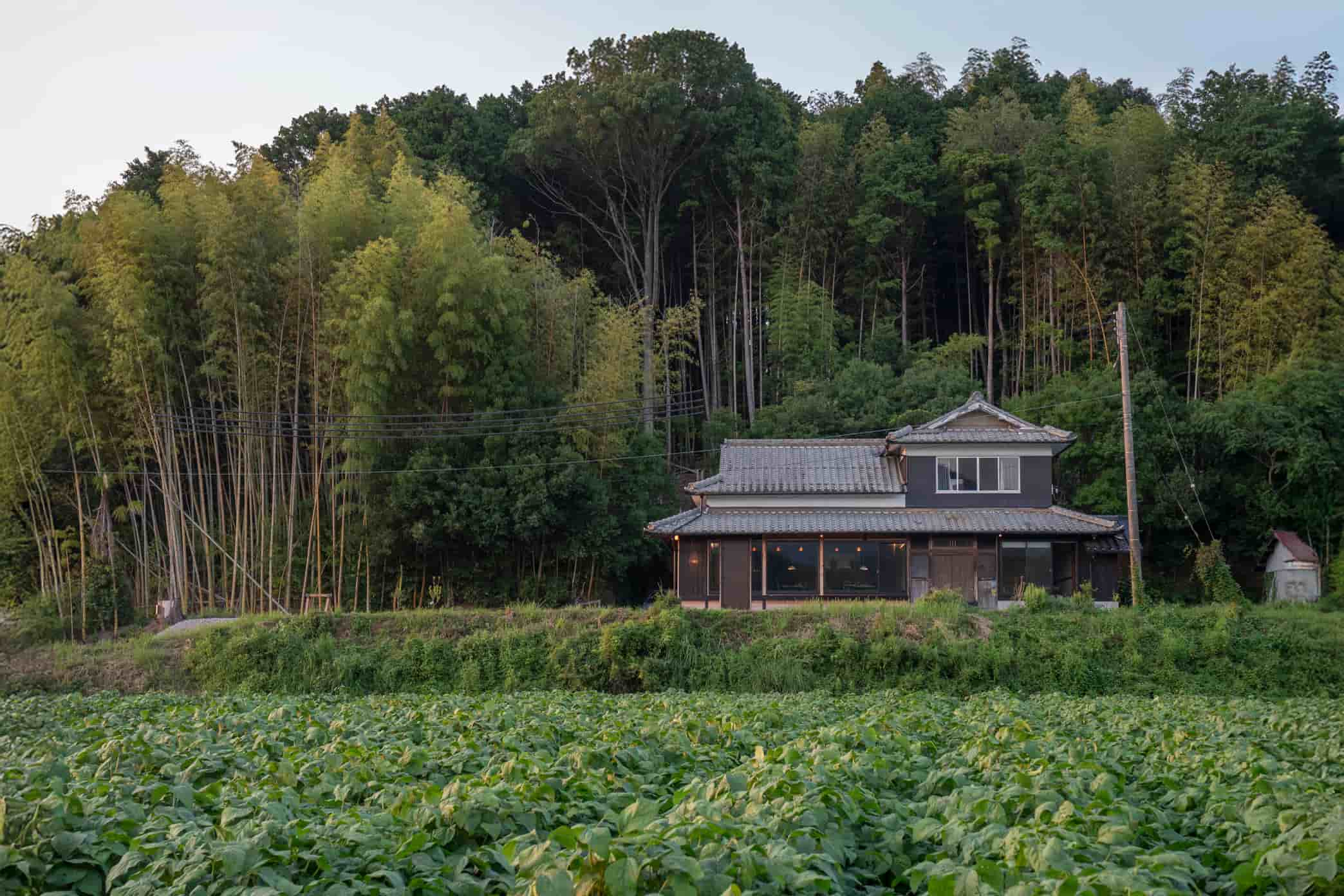 A renovated traditional kominka house restaurant overlooking fields of black soybeans.
A renovated traditional kominka house restaurant overlooking fields of black soybeans.
About an hour by train from central Kobe or Osaka—and around an hour and a half from Kyoto—Tamba-Sasayama in Hyogo Prefecture is a rural town known for its fertile satoyama pastoral landscape and its bounty of black soybeans, chestnuts, and other seasonal harvests. Here, traces of Japan’s idyllic countryside remain vividly intact. In September 2024, a new culinary destination opened amid this scenery: the Italian restaurant SEME, which also serves as an auberge.
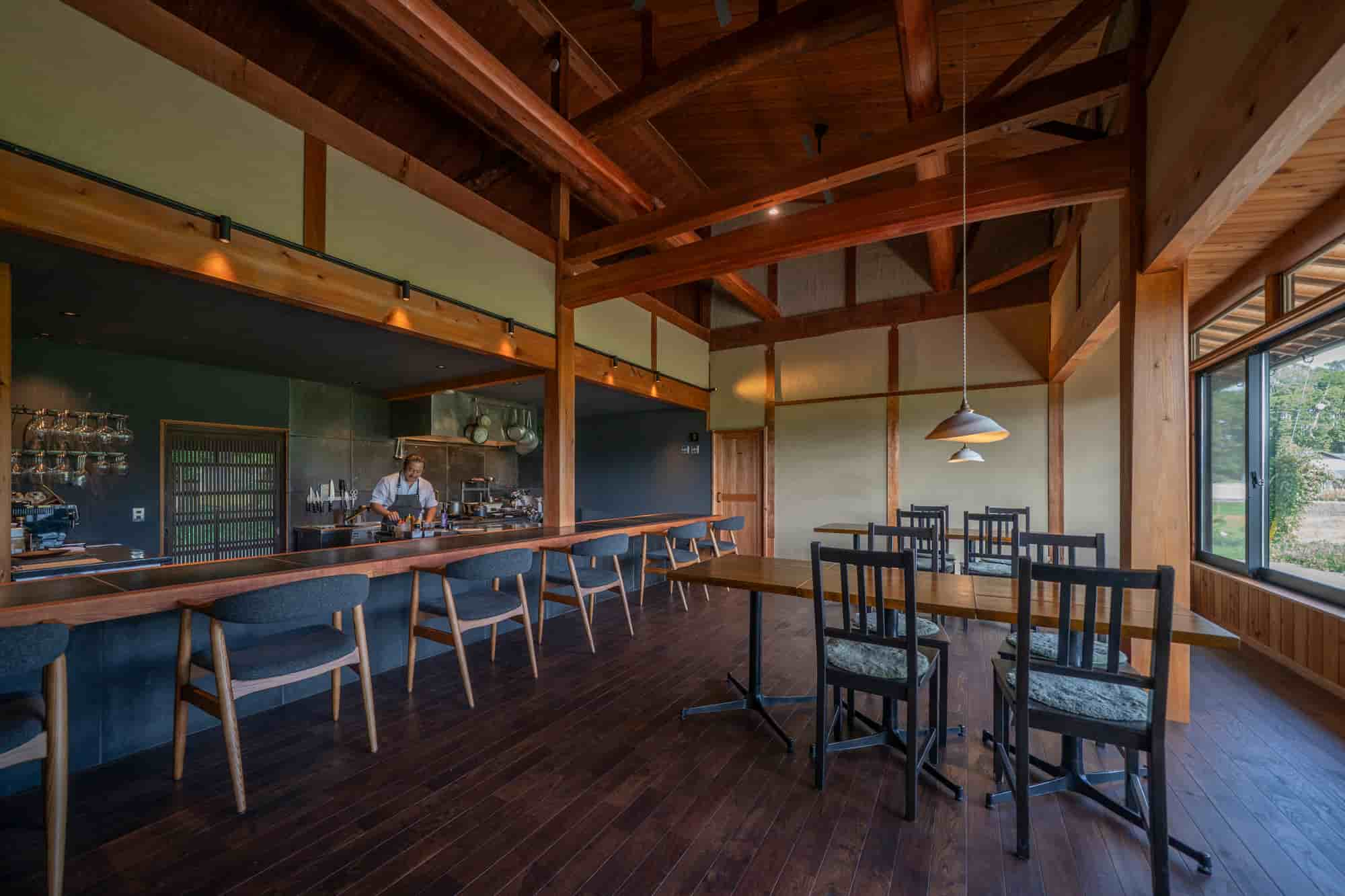 The open-plan dining room allows guests to see directly into the kitchen from every seat.
The open-plan dining room allows guests to see directly into the kitchen from every seat.
Chef Masahisa Hanada, who previously led a renowned Osaka restaurant that earned the Michelin Bib Gourmand distinction for eight consecutive years, decided to relocate to Tamba-Sasayama. Having already built close relationships with local producers, he was inspired to eliminate food transportation as much as possible and pursue a philosophy of zero food mileage, reducing environmental impact. Transforming a 50-year-old kominka farmhouse into his new restaurant, Hanada created SEME as both a retreat and a statement of culinary ethics. The interior combines six counter seats with several tables, and from the windows perched on the hillside, guests can gaze out over rice paddies and black soybean fields—a quintessential view of the Tamba-Sasayama countryside.
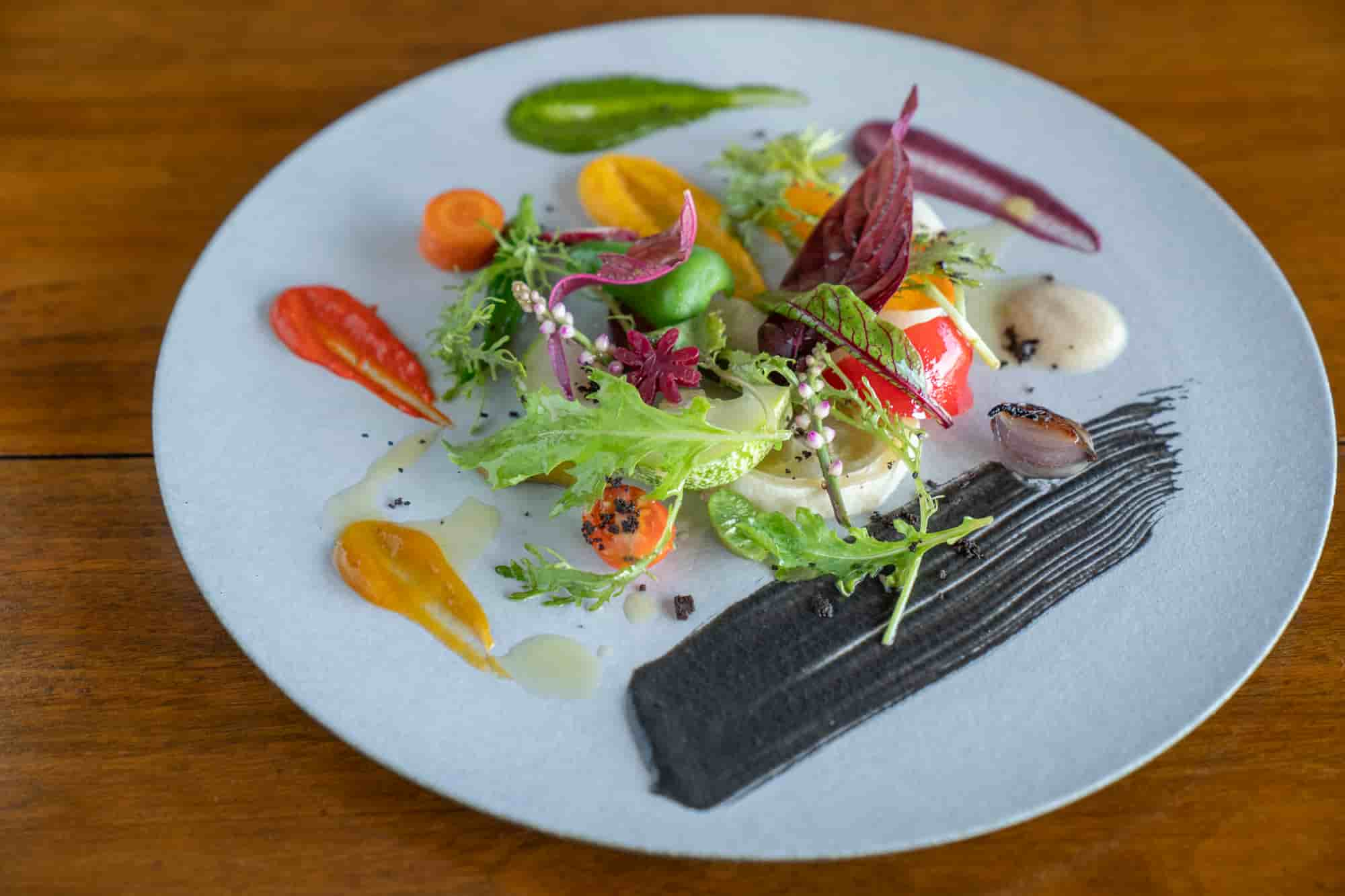 The first course, titled “Satoyama Landscape,” is a vibrant salad evoking the colors of the local fields.
The first course, titled “Satoyama Landscape,” is a vibrant salad evoking the colors of the local fields.
The restaurant serves only one option: the Omakase Course. Each dish draws on the blessings of the local land—organic vegetables, wild plants, herbs, and game—crafted according to the principles of the yin-yang and five elements theory, a traditional Eastern philosophy of dietary balance that nurtures both body and mind. The dishes are served on handcrafted tableware, including Tamba-ware ceramics, offering a deeply grounded form of gastronomy that lets guests “taste the landscape” itself.
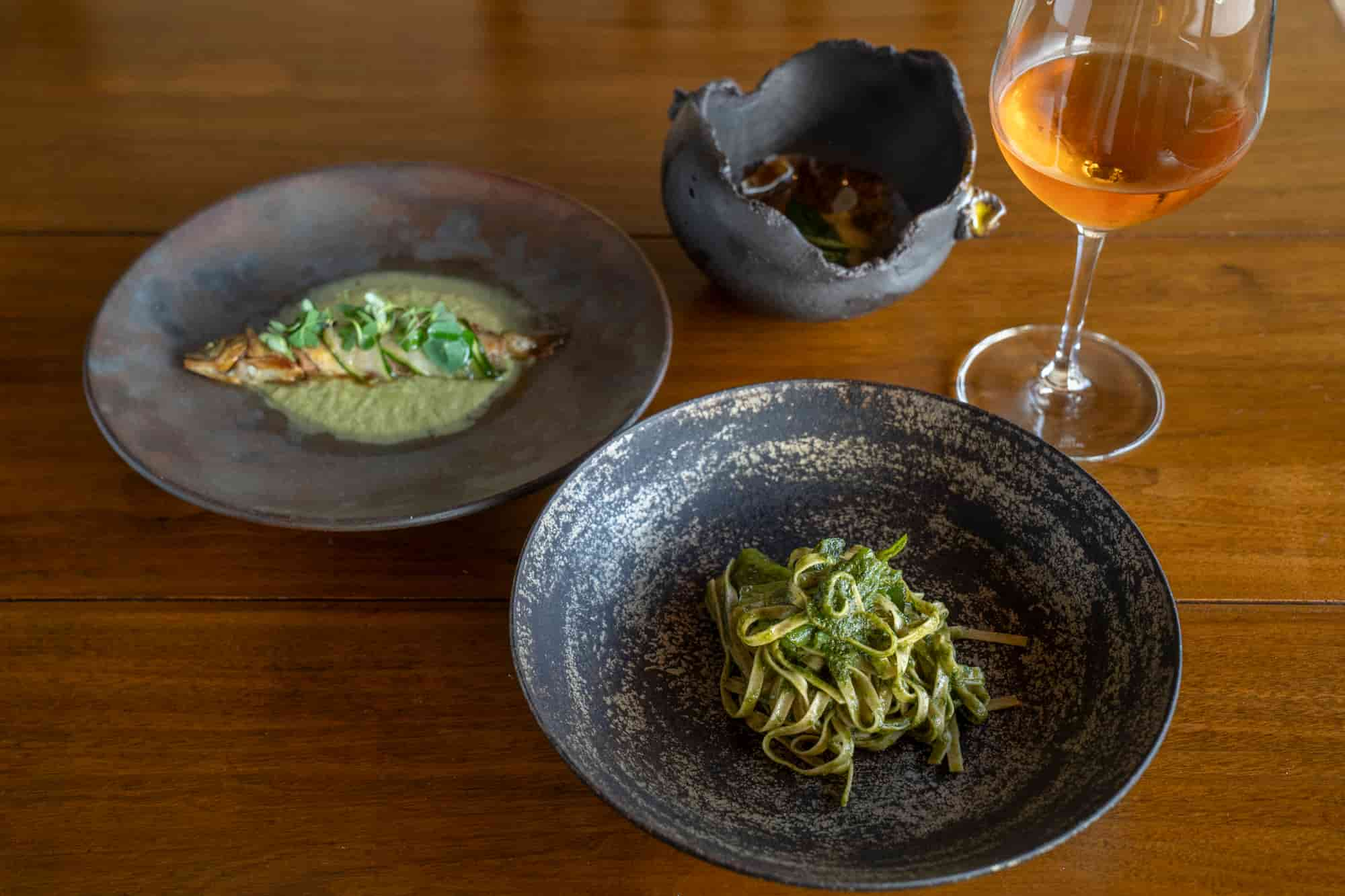 From the 8,800-yen lunch course: two pasta dishes—confit of ayu (sweetfish) and handmade noodles.
From the 8,800-yen lunch course: two pasta dishes—confit of ayu (sweetfish) and handmade noodles.
The recommended 8,800-yen lunch course (11,000 yen at dinner) includes three appetizers, two handmade pasta dishes, a main course, dessert, and coffee—a generous and satisfying lineup. The first course, “Satoyama Landscape,” is a colorful salad made with a selection of seasonal vegetables sent directly from local farms. Every part of each vegetable is used, from root to leaf, including in the sauces—a true SEME signature. The pasta and ravioli courses are served on tableware by Tanbungama, a kiln with a 120-year history of Tamba ware. The robust, earthy ceramics draw out the life force of the ingredients and leave a lingering sensory impression that extends beyond taste.
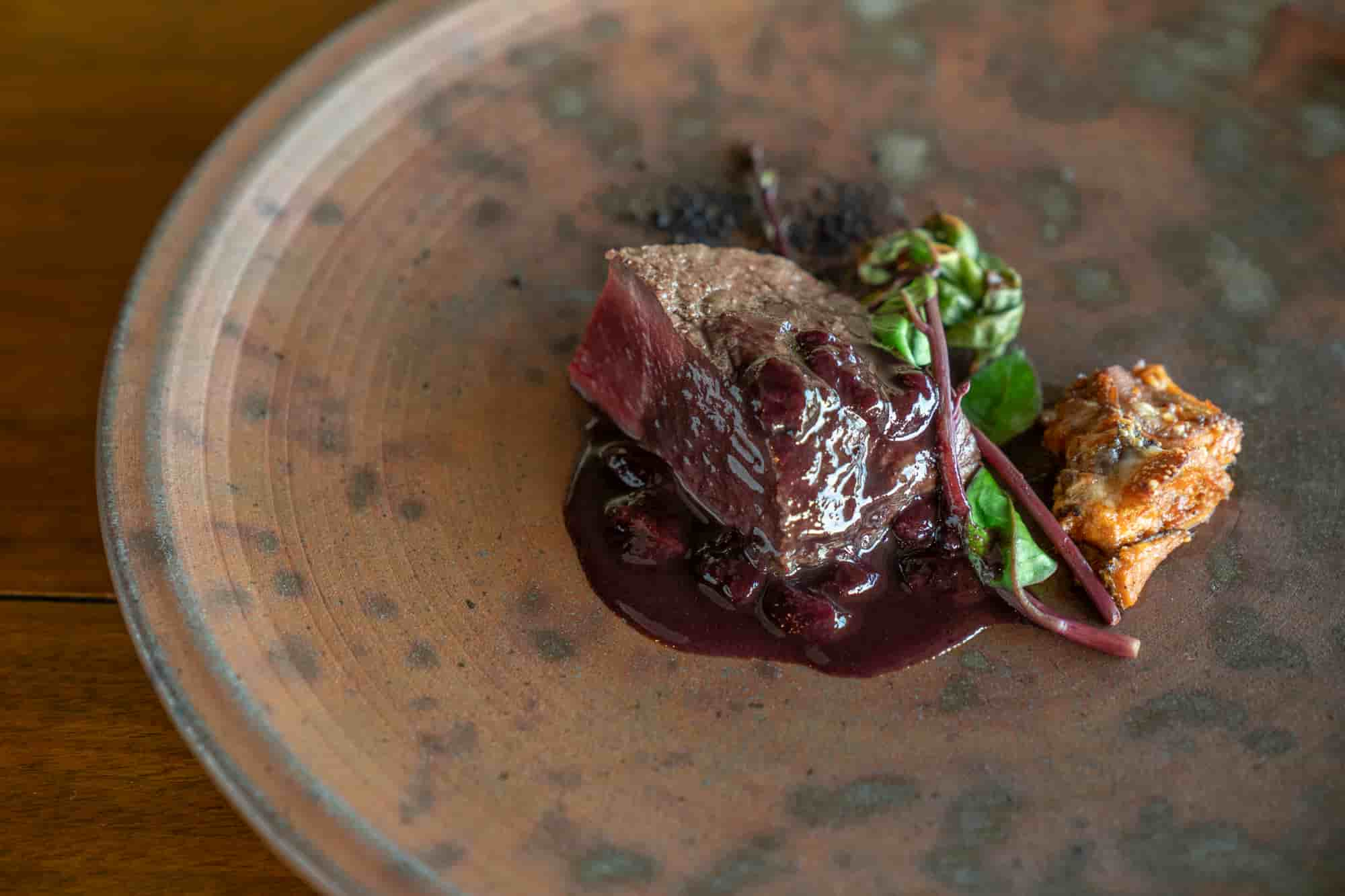 Main dish: grilled Tamba venison with stewed venison tripe.
Main dish: grilled Tamba venison with stewed venison tripe.
That day’s main course was charcoal-grilled Tamba venison, accompanied by a red wine sauce infused with finely chopped Muscat Bailey A grapes, a variety used for winemaking. The fruit’s deep aroma enhances the meat’s rich umami flavor. The dish is served on pottery from Tanseigama, whose weight and texture evoke the fertile soil of Tamba-Sasayama itself—expressing the concept of terroir through both cuisine and craft.
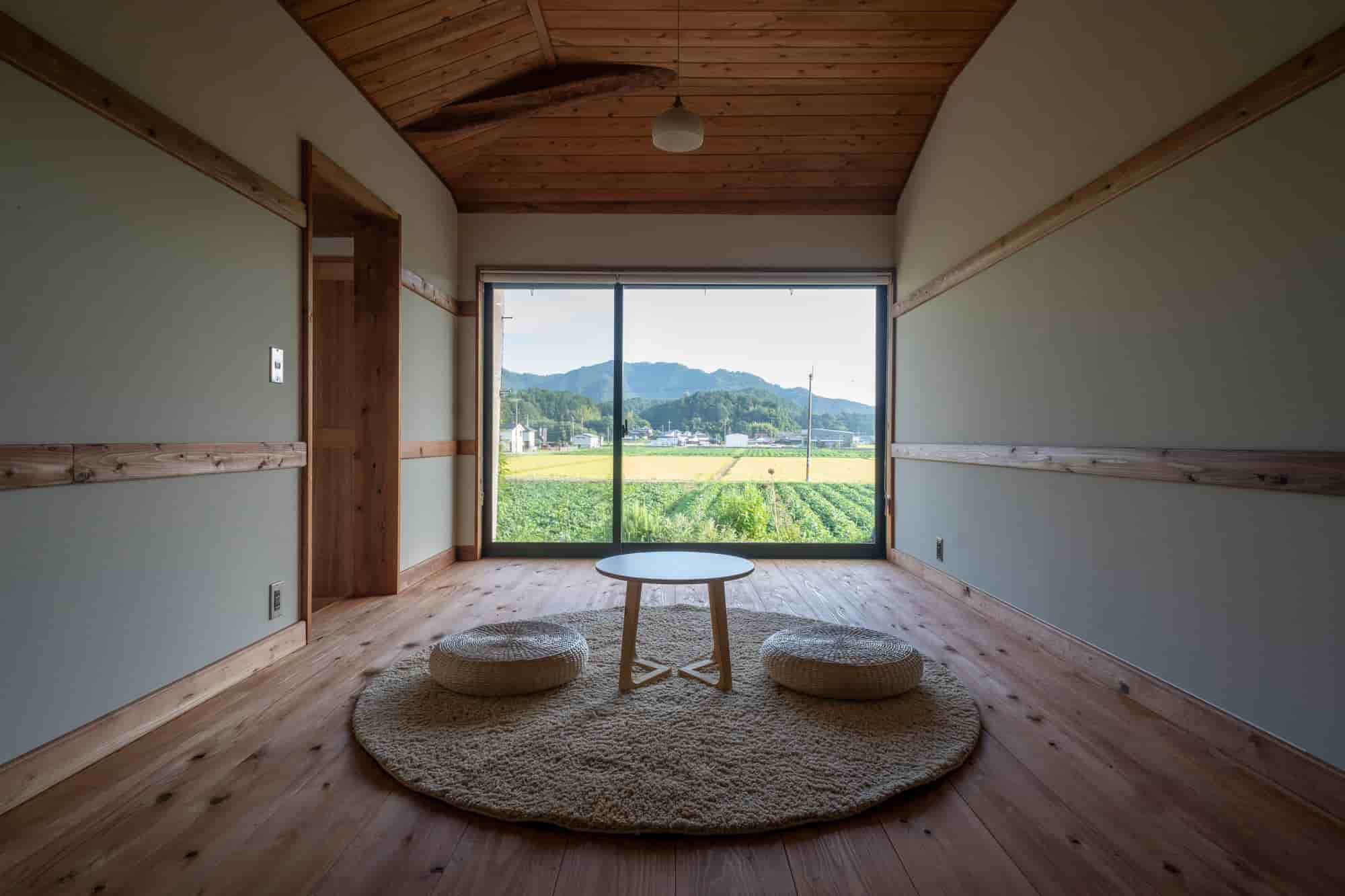 The auberge accommodation includes dinner and breakfast, 27,500 yen per person per night.
The auberge accommodation includes dinner and breakfast, 27,500 yen per person per night.
Adjacent to the restaurant is a single private guesthouse, limited to one group per night. From the bed, guests can gaze out over the pastoral landscape, spending a quiet evening immersed in nature. The experience of sleeping, waking, and dining in the same environment deepens the connection between food and daily life—the very essence of an auberge stay.
BOOK YOUR STAY IN TAMBA
A Kiln Café Blending Tradition and Innovation in Tamba Ware
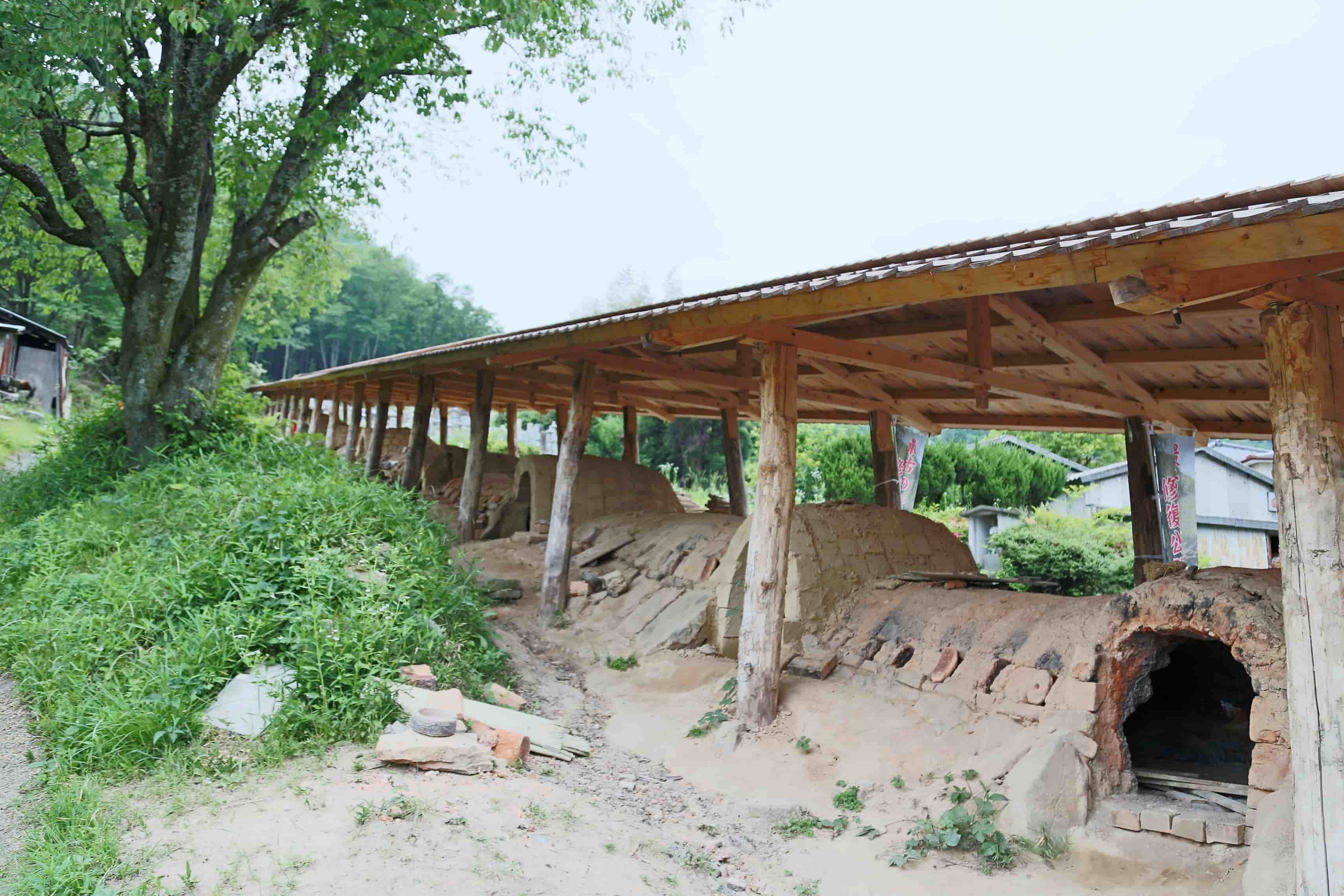 The oldest active climbing kiln in Tamba-Sasayama, built in 1895.
The oldest active climbing kiln in Tamba-Sasayama, built in 1895.
About a 30-minute drive from central Tamba-Sasayama, a peaceful valley surrounded by mountains is home to the Tachikui district, the heart of Tamba ware. Recognized as one of six ancient pottery-making centers known as Japan’s “Six Kilns,” alongside Seto, Tokoname, Shigaraki, Bizen, and Echizen, Tamba ware has a history of more than 850 years. Over the centuries, potters have continued to create vessels that enrich everyday life across generations. Stretching about 4 kilometers north to south, the main road through Tachikui is lined with some 60 kilns, most with adjoining galleries where visitors can view and purchase works. Speaking with the artisans while handling their pottery offers a tangible sense of the region’s natural environment and history—an experience unique to this community of craftspeople.
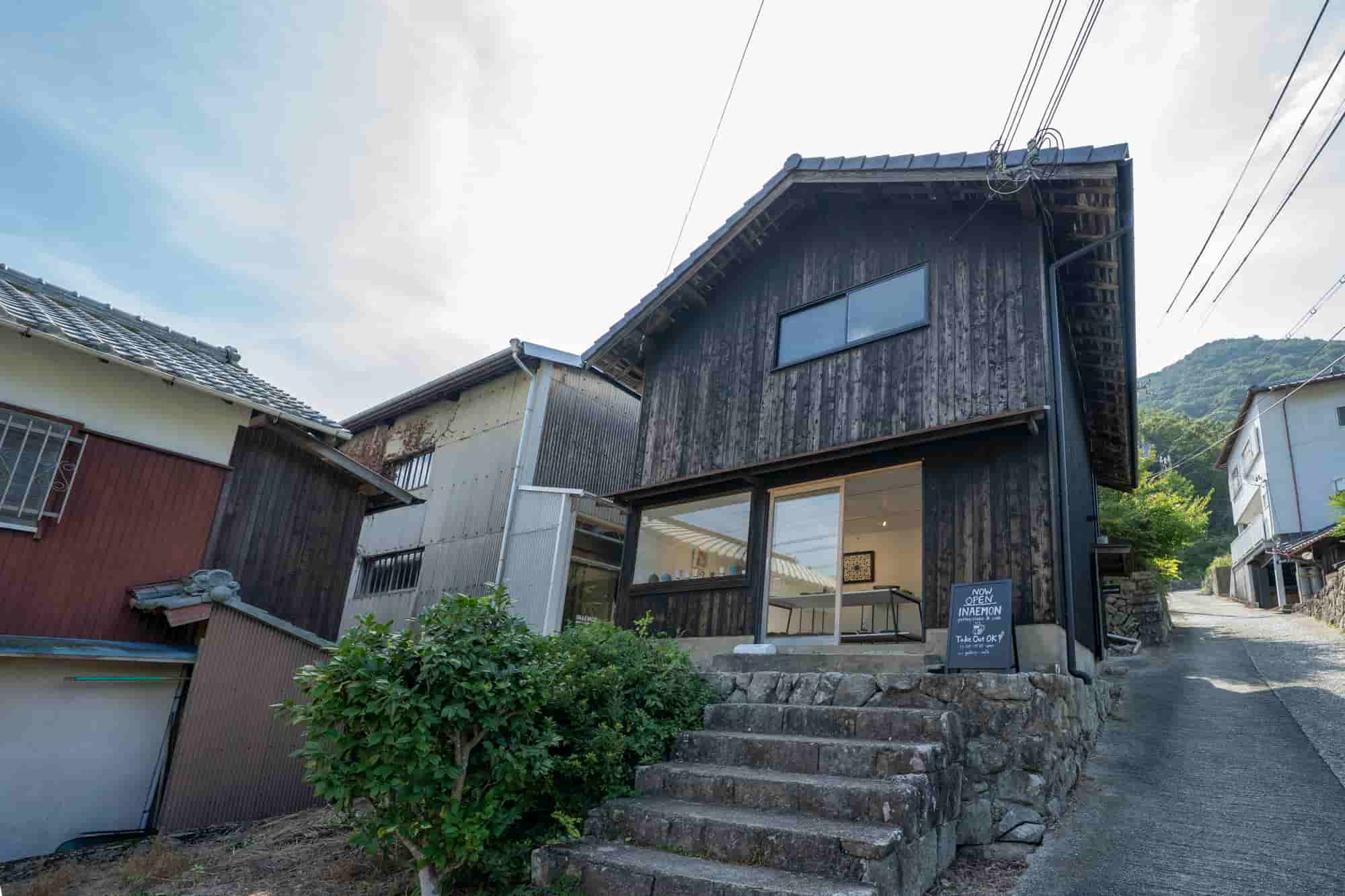 INAEMON pottery studio & café.
INAEMON pottery studio & café.
Among these kilns stands INAEMON pottery studio & café, opened in 2022 by Tsuyoshi Uenaka, the 11th-generation head of Inaemon Kiln, a Tamba-ware studio dating back to the mid-Edo period.
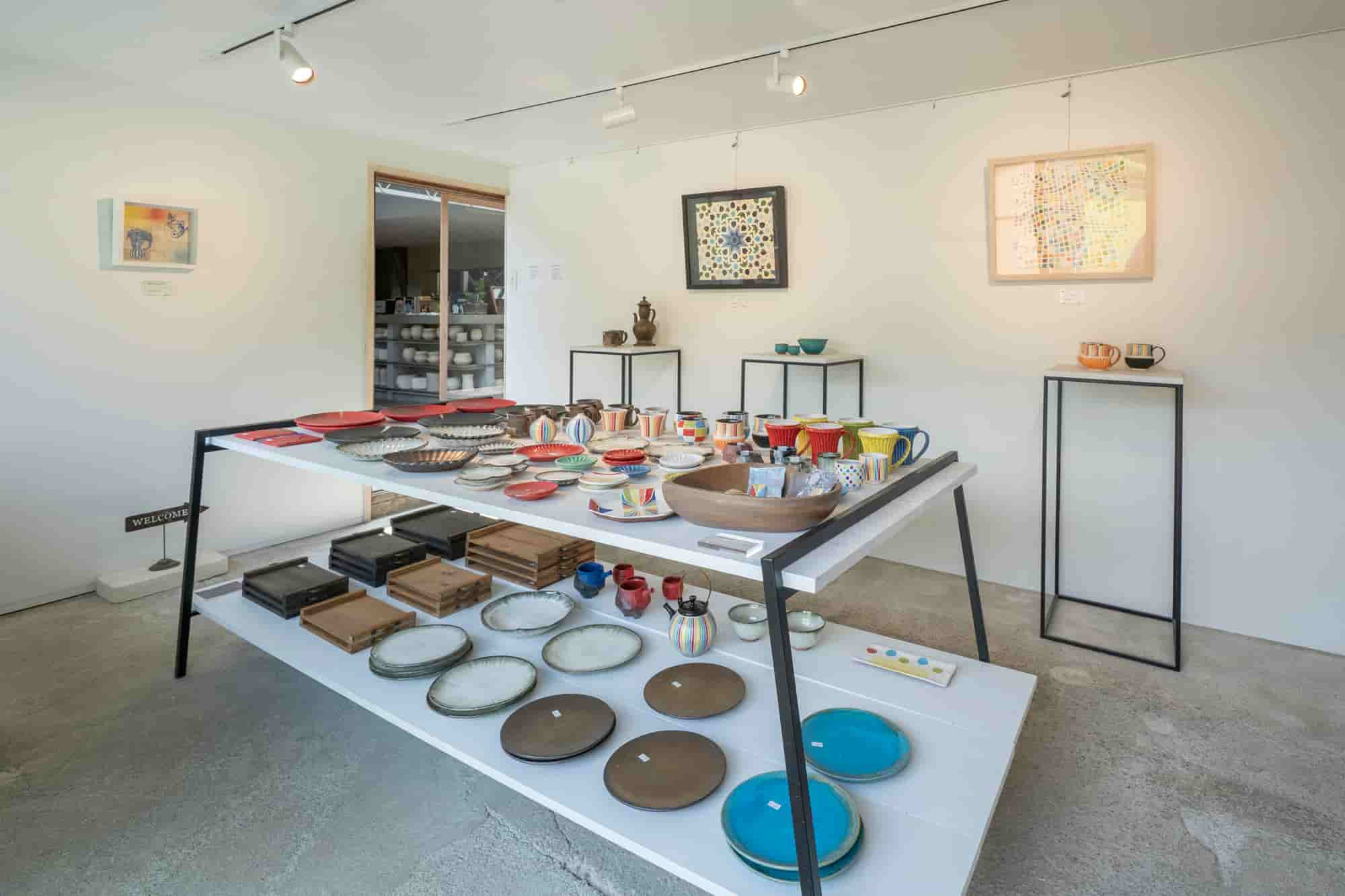 The gallery exhibits and sells works by the 11th-generation potter of Inaemon Kiln.
The gallery exhibits and sells works by the 11th-generation potter of Inaemon Kiln.
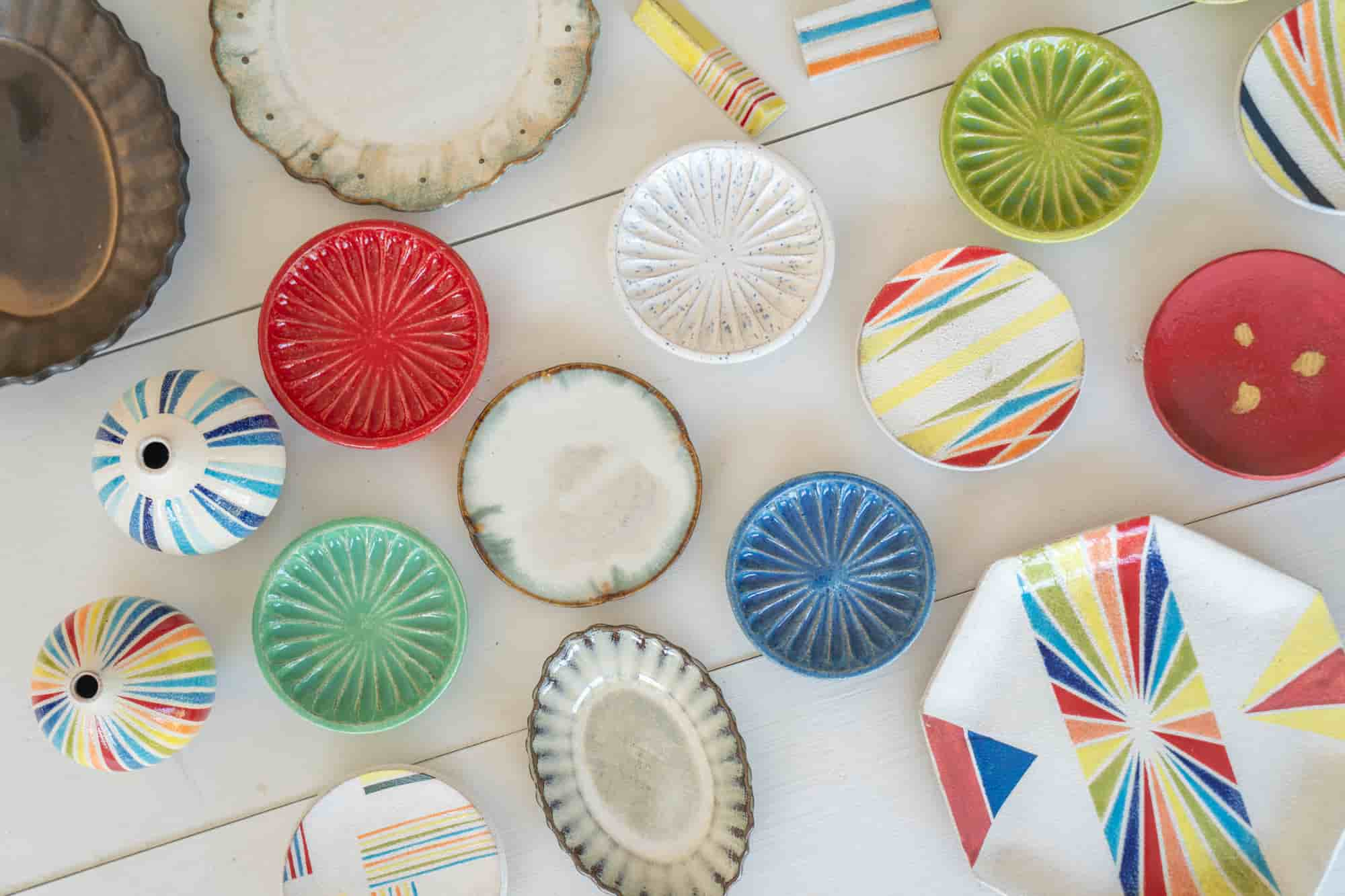 Contemporary pieces that blend Tamba-ware tradition with modern sensibility.
Contemporary pieces that blend Tamba-ware tradition with modern sensibility.
The gallery showcases works that honor Tamba ware’s long tradition while embracing fresh, modern expression. Pieces featuring shinogi—the delicate ridged patterns characteristic of Tamba ware—are layered with vibrant glazes that pair beautifully with Western cuisine. These creations transcend national and cultural boundaries, bringing warmth and beauty to daily life everywhere.
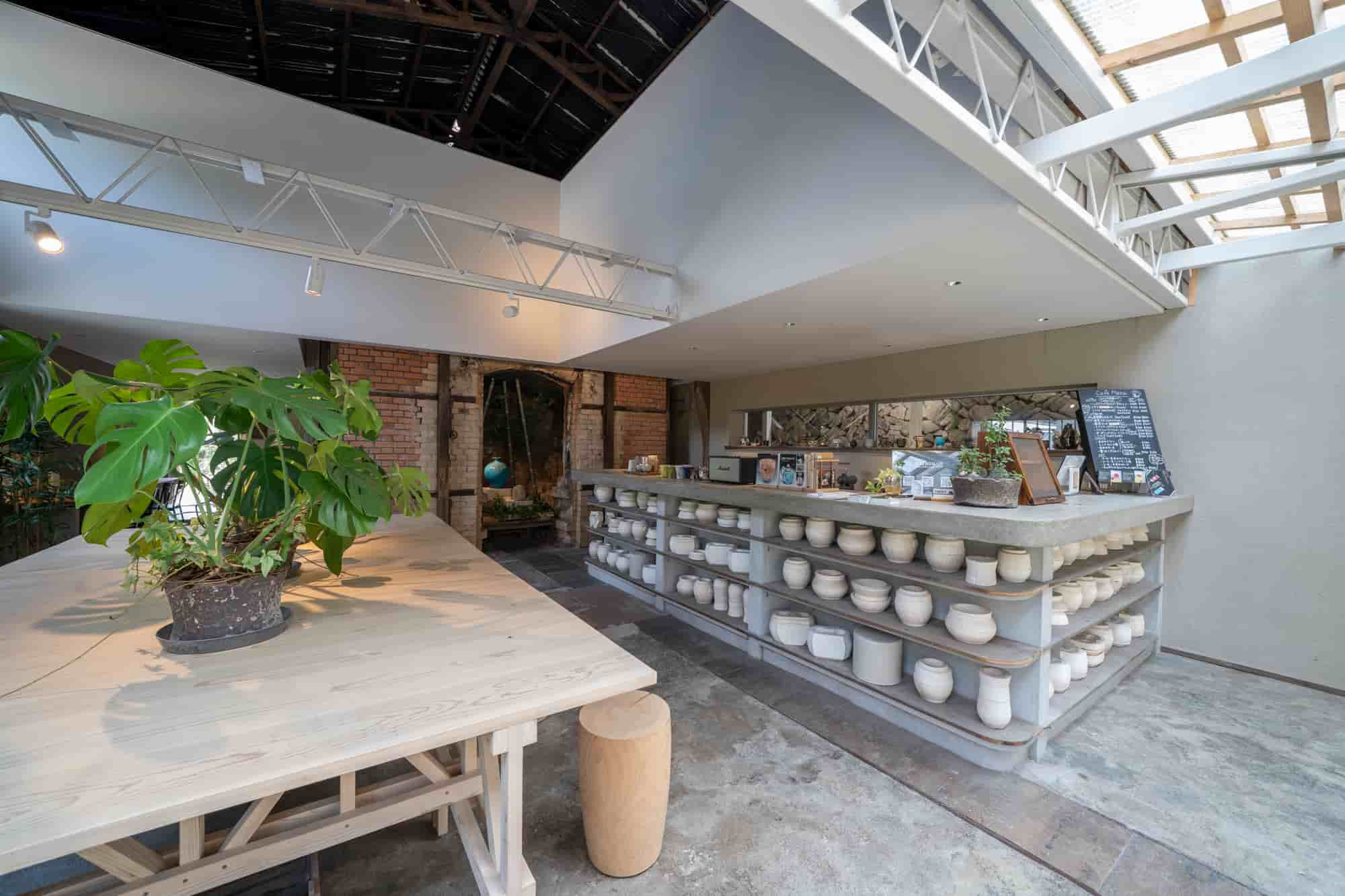 The café’s open, high-ceilinged space is anchored by a massive brick kiln.
The café’s open, high-ceilinged space is anchored by a massive brick kiln.
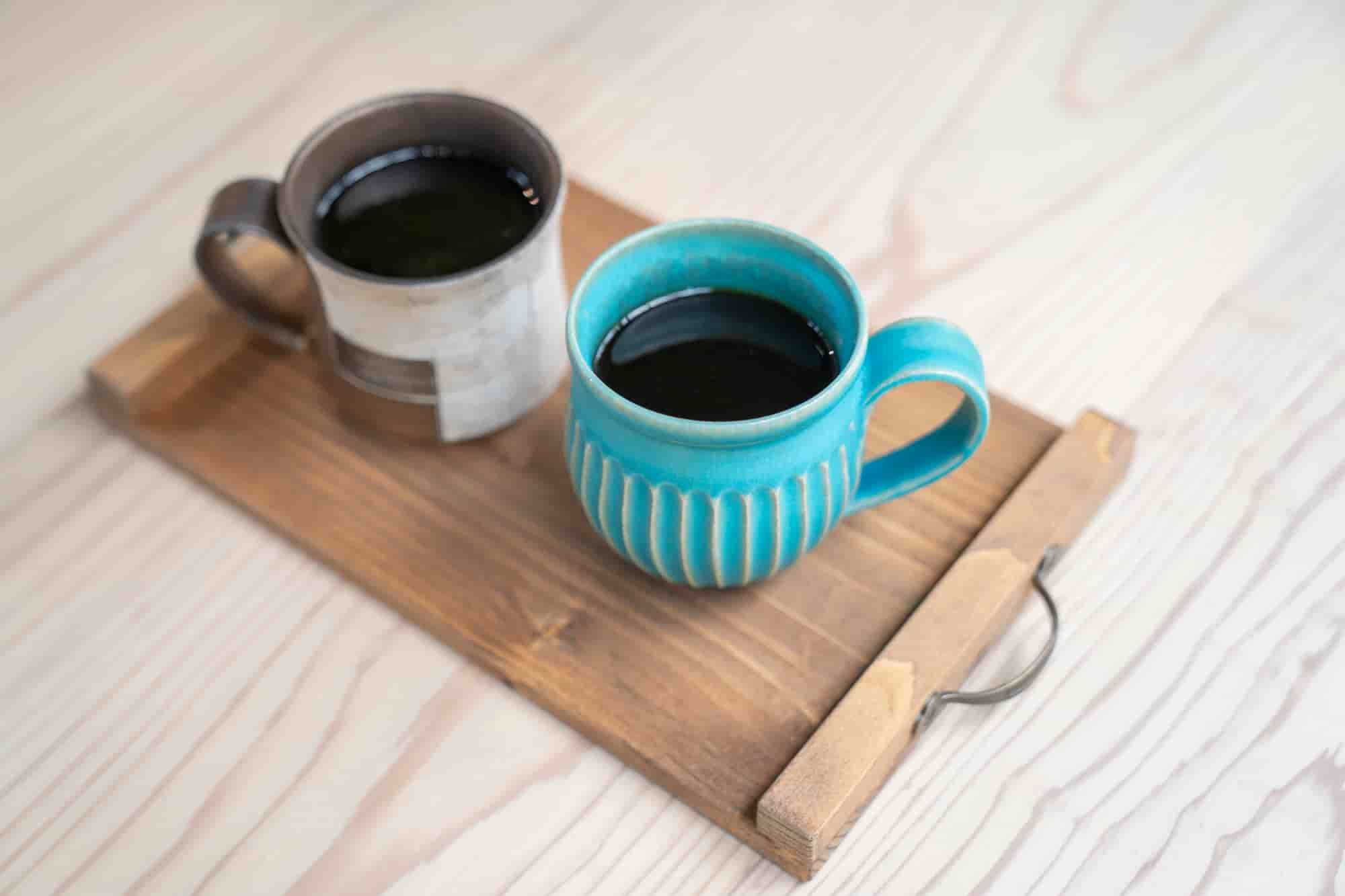 Hand-drip coffee, 550 yen.
Hand-drip coffee, 550 yen.
Next to the gallery is a café created by renovating a former workshop into a bright, open space with soaring ceilings. A brick kiln once used by previous generations stands quietly at its center, a powerful reminder of the kiln’s history. Here, guests can enjoy freshly brewed coffee and baked sweets served in Inaemon Kiln tableware, surrounded by the atmosphere of craftsmanship.
A One-of-a-Kind Souvenir: Create Your Own Ceramic
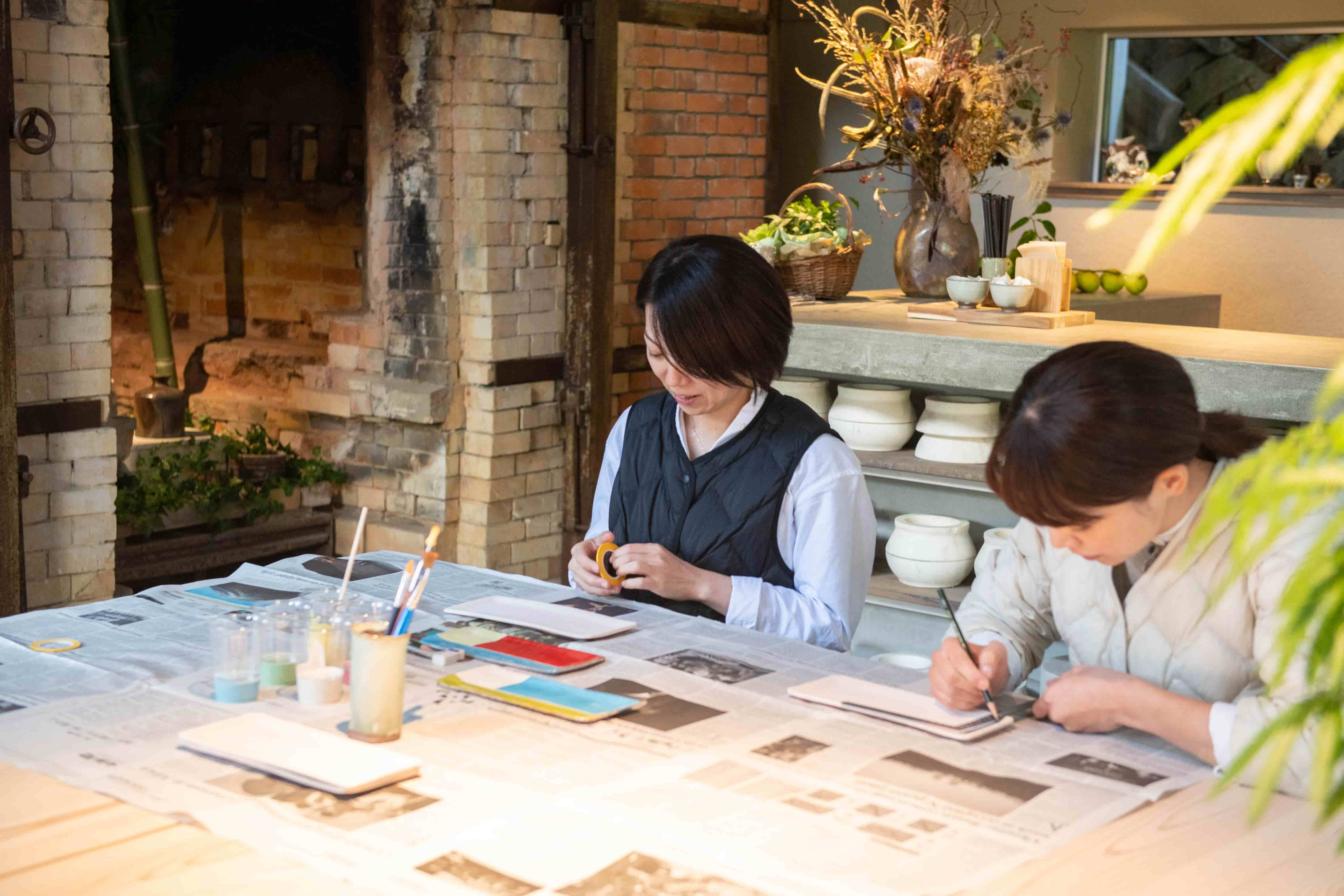 Coloring design course, 3,850 yen. Duration: 40–60 minutes.
Coloring design course, 3,850 yen. Duration: 40–60 minutes.
On weekends and national holidays, visitors can also experience pottery making at Inaemon Kiln. Alongside hand-building and wheel-throwing, participants can try the kiln’s signature Coloring Design Course, a popular program that reflects the kiln’s hallmark style.
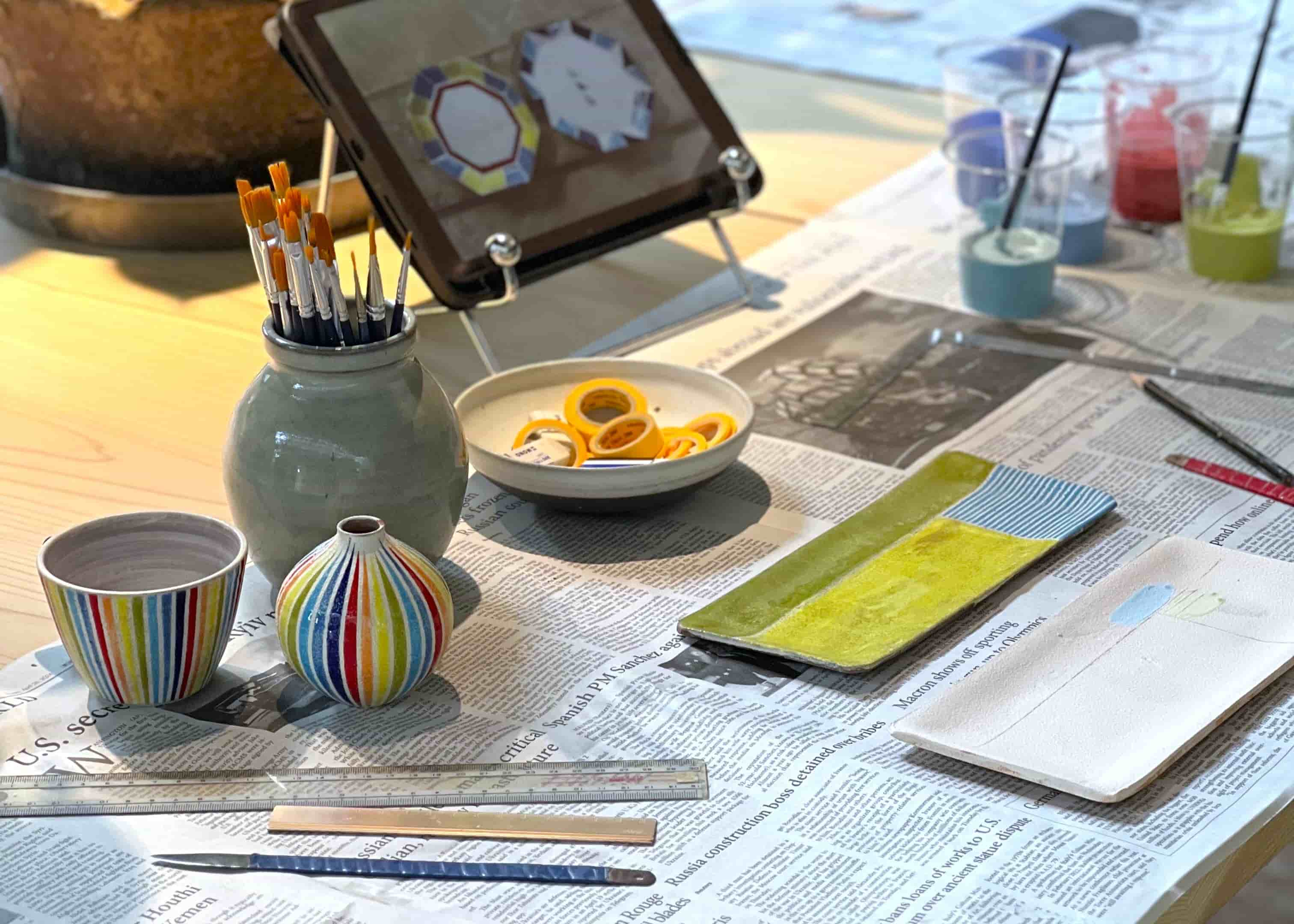 Choose three glazes from ten available colors. Each additional color: +330 yen.
Choose three glazes from ten available colors. Each additional color: +330 yen.
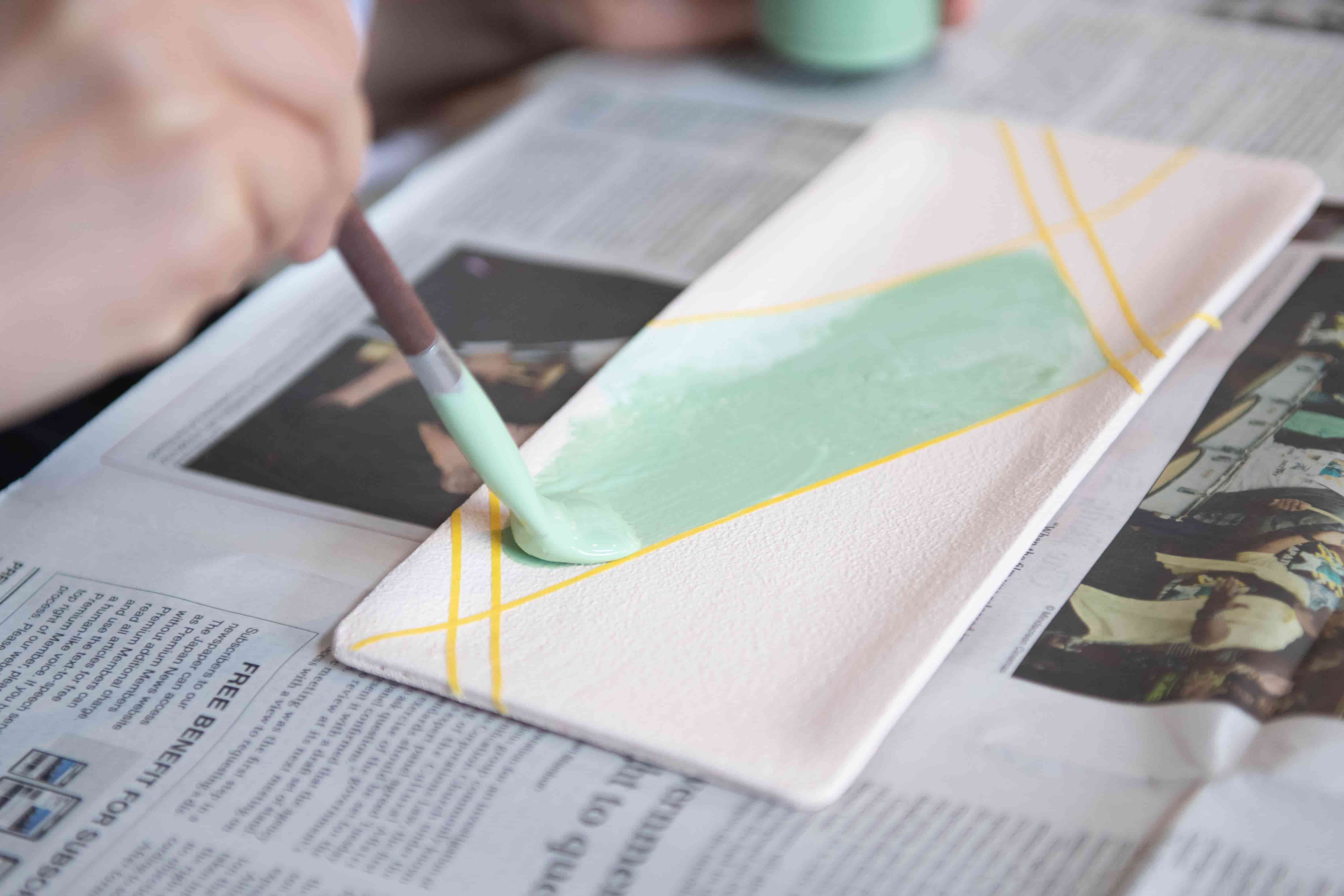 Use masking tape to divide the plate into sections and apply different glazes.
Use masking tape to divide the plate into sections and apply different glazes.
The Coloring Design Course allows participants to create their own original pieces using the same glazes and techniques as Inaemon’s “Coloring Series.” You can take inspiration from existing kiln works or design your own pattern from scratch. Once fired, the glazes reveal vivid colors that are sure to delight. Finished pieces are shipped about one to two months later, so the enjoyment continues even after returning home.
From Kyoto’s lacquerware to Tamba’s pottery, this journey through Japan’s hare and ke tableware culture offers a rare opportunity to experience local aesthetics and ways of life through food and craft—an unforgettable form of gastronomic tourism found nowhere else.
BOOK YOUR STAY IN TAMBA
(Featured Spots)
Kyoto Brighton Hotel
https://kyoto.brightonhotels.co.jp/en/
Zohiko – Kyoto Lacquerware
https://www.zohiko.co.jp/global/en/
https://www.zohiko.co.jp/global/fr/
https://www.zohiko.co.jp/global/zh-CN/
https://www.zohiko.co.jp/global/zh-TW/
Inaemon Kiln / INAEMON pottery studio & café
SEME





